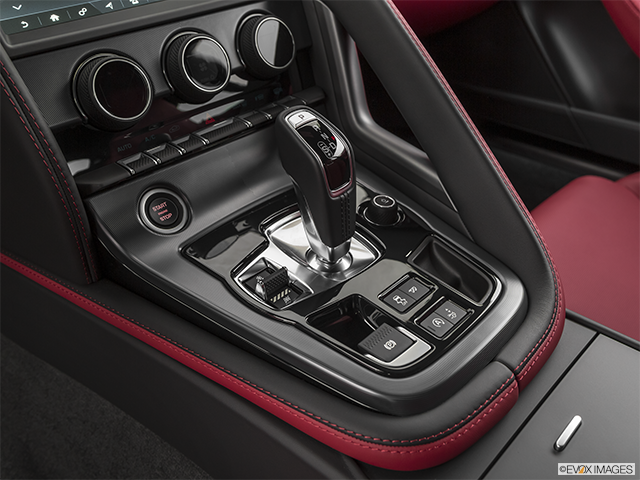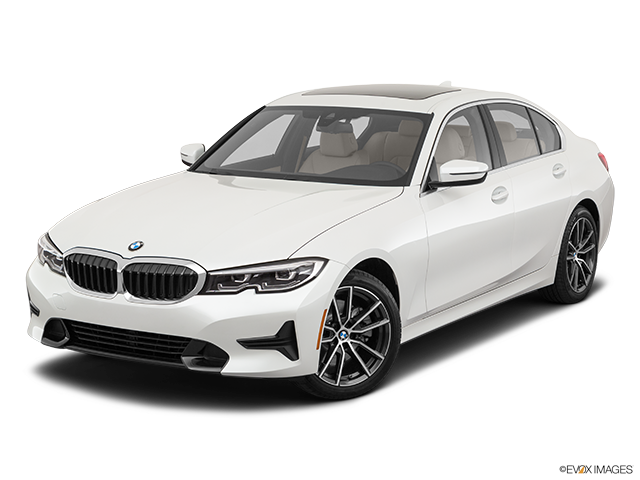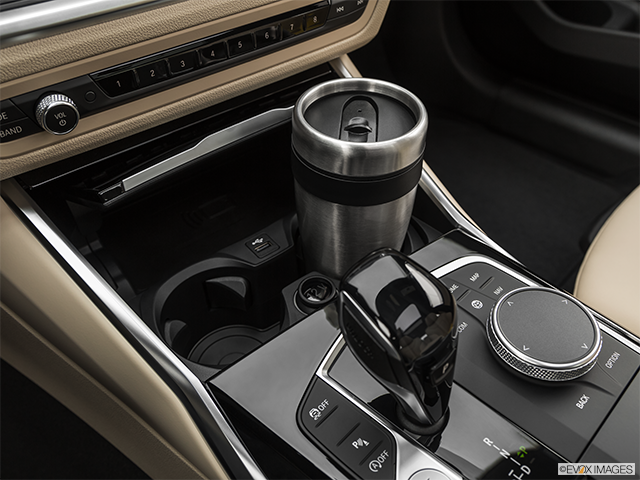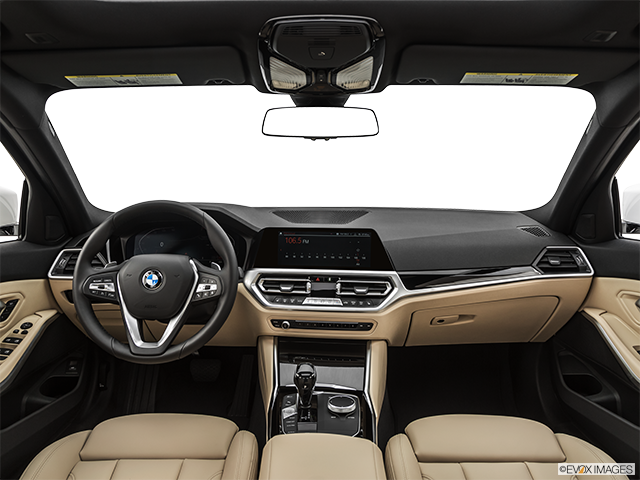In the 1990s, there was a moment when virtual reality seemed to be the next big thing, poised to change the way we live, work, and play. However, early consumer-grade VR experiences left something to be desired. Headsets were limited both in software and user ability to interact with the environment, and initial excitement quickly gave way to derision. Then, in 2011, the first Oculus Rift was unveiled—and it changed everything. Improvements in computing power, sensors, and graphic resolutions meant that VR could now deliver captivating experiences, reigniting interest—and investment—in this innovative technology.
In under a decade, VR has found widespread application in gaming and engineering. For the automotive industry, however, its most exciting use may lie in sales; with VR, car shoppers can explore a complete selection of available models, colors, and trim levels from anywhere in the world. The potential is powerful, but is virtual reality car shopping the future of automotive sales?
Car Shopping is Moving Online
Generally, people love new cars, but hate shopping for them. A 2016 study found that 87 percent of Americans disliked something about shopping at a traditional dealership. In fact, 34 percent would rather wait in line at the DMV, and 24 percent found a root canal preferable to visiting a dealer. According to Cox Automotive’s 2018 Car Buyer Journey, this unhappiness with the dealership experience is primarily spurred by the limited selection of models available at a dealership, interactions with the financing department, and the length of the buying process.
Dissatisfaction with traditional car shopping explains why buyers of both new and used vehicles are now only visiting two dealerships on average, with 41% of shoppers visiting only a single dealer. Instead of stepping into the showroom, customers are doing most of their shopping online and making up their mind in advance—and most want more of the buying process to take place online. In fact, 83 percent of consumers want to do one or more steps of the final purchase online, and 7 out of 10 are more likely to buy from a dealership if they can start the buying process online. Taking this data into account, virtual reality car shopping might very well be the way of the future.
Expanding How Car Buyers Experience Vehicles
Virtual reality is a fully immersive experience in which a headset placed over the eyes and ears blocks out reality in favor of a virtual environment. With this technology, a car buyer can browse through the full range of available makes and models and spin the vehicle, select different exterior colors, do virtual walk-arounds, and experience what it’s like to be in the driver’s seat. While this approximates the showroom experience in some ways, it also builds on and improves it; car shoppers are able to explore their options for as long as they want and interact with vehicles that are not available in the dealership itself. This can happen anywhere with a VR headset, whether in the dealership or at home.
Of course, although the use of VR hardware is becoming more prevalent, it still isn’t at a level where most potential car buyers or dealerships have VR headsets. However, augmented reality (AR) technology can also be an integral component of the shopping process for car buyers at home, as well as part of sales presentations in the showroom. With AR, virtual assets are overlaid onto a real world environment, allowing car shoppers to interact with vehicles in innovative and practical ways. Using a phone or a tablet, car shoppers can view a car in their garage to see how it will fit, see it in a range of true-to-life colors, and compare a vehicle not yet on the sales lot to those in the showroom. While AR is not the complete immersive experience of true VR, it is an accessible and powerful way to enhance the car shopping process using cutting-edge technology.
The Benefits of Virtual Reality Car Shopping
The biggest benefit of virtual reality and augmented reality car shopping is that they give customers the ability to experience a showroom anywhere. Car shoppers can see the complete inventory of cars that a dealer has placed in their virtual library and appraise a vehicle’s dimensions and styling, even if the vehicle itself is at a distant location or must be special ordered. This allows them to bypass the time-consuming process of visiting dealerships, exposes them to more options, and helps them solidify their choice before ever talking to a salesperson. For many, this migration of the buying process into the digital space is not only unique and exciting, but relieving.
What may be less obvious—and certainly less discussed—are the advantages that virtual reality car shopping online gives to dealers. However, virtual reality car shopping can also benefit dealers in significant ways, including:
Reducing customer time on the lot. Customer satisfaction drops the longer car buyers are at the dealership. Providing them with virtual reality experiences they can access at home helps them narrow down their choices before they step onto the lot, speeding up the sales process, keeping the customer satisfied, and allowing sales staff to serve more customers over time.
Reducing inventory overhead and transportation costs. As virtual showrooms come to increasingly replace in-person showrooms, dealers will no longer need to keep a significant inventory on the lot. Instead, a vehicle can be delivered to the lot only when a customer has decided to finalize the purchase. If a dealer offers a fully online buying experience, it can even be delivered directly to the customer’s home. The result is lower expenses for maintaining locations and transporting cars to different locations as customers try to find what they want.
Expanding the dealership’s consumer base. Virtual reality car shopping allows dealers to serve customers that live outside of their local area and potentially expand their reach across the nation. This not only opens up opportunities for selling more vehicles, it can also help move inventory more quickly.
Giving customers the experience they want. As we have seen, research strongly suggests that the dealership experience is less than ideal for many car buyers. By offering a virtual shopping experience, a dealership can quickly become the preferred source of vehicles for car shoppers and increase the likelihood that those customers who do come into the dealership are ready to buy.
With these advantages, virtual showrooms accessible via VR headsets and mobile devices are a welcome development for both car shoppers and dealerships.
Taking the Next Steps
The potential of virtual reality car shopping is vast, whether a car shopper is exploring the latest models in their living room or being guided through a virtual tour of a vehicle’s features in the showroom. With VR, dealerships have a powerful new way to improve the car shopping experience and build lasting relationships with customers. However, to fully harness the possibilities of virtual reality car shopping, it is essential to choose the best applications and assets to build flexible, functional virtual showrooms. By partnering with pioneers in automotive VR technology, such as RelayCars and EVOX, dealers can ensure they have the resources they need to create compelling VR experiences.
DRIVING INNOVATION IN AUTOMOTIVE IMAGERY
The EVOX Images database features the most innovative packages of interior and exterior stills, 360º vehicle imagery, and VR experiences. At more than a million images strong, our team consistently raises the bar on industry standards, and offers an unmatched delivery schedule.
Complete. Easy. Powerful. EVOX.
SEARCH OUR BLOG












